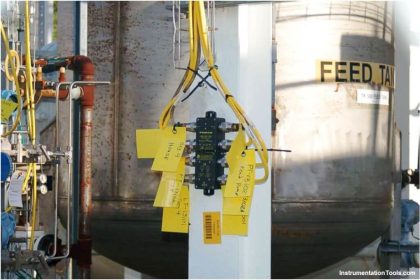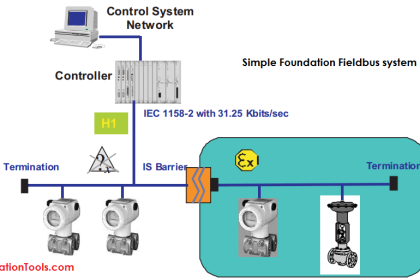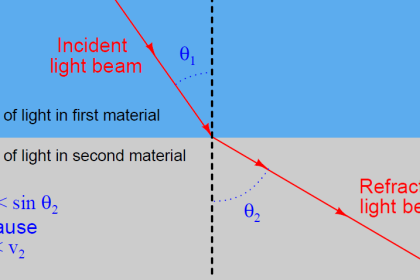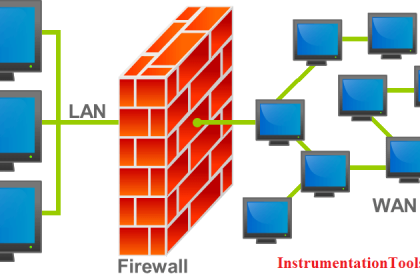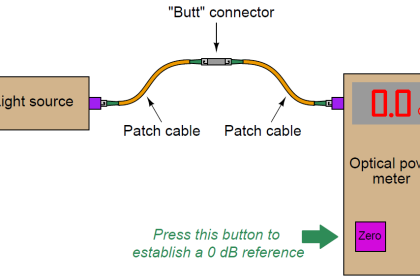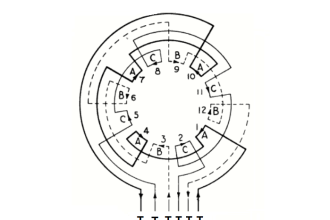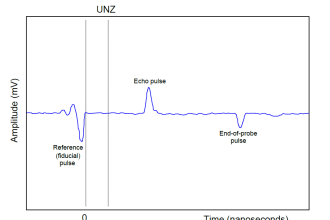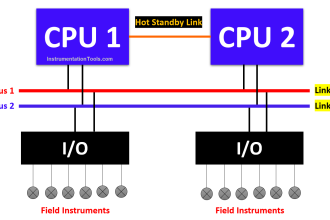Industrial communication protocols are a part to be understood thoroughly by a programmer to excel in the automation field. There are a vast number of protocols, which often confuse them in deciding which one to use for their application. One such widely used protocol in industrial automation is Ethernet IP. Ethernet IP is a very robust, efficient, and high-speed data communication network, which is a very favourite choice for large-scale automation systems. In this post, we will see why Ethernet IP is preferred in large networking systems in industrial automation.
What is Ethernet IP communication protocol?
Ethernet IP is an industrial communication protocol that was developed by Rockwell Automation and ODVA (Open DeviceNet Vendors Association). It works on Ethernet hardware and is based on CIP (Common Industrial Protocol). Ethernet IP is a protocol that works on producer-consumer models. Simply considering, the producer can be referred to here as a slave, and the consumer can be referred to here as a master.
Unlike Modbus TCP IP, which works on polling mechanisms and requires both the master and slave to be present in the network, Ethernet IP is not dependent on whether the master or slave is present in the network or not. If the master is not present, then the slave will keep on sending data, either periodically or event-triggered. If the master is present, it will either just listen to it or use it according to its configuration in the program. If the master appears suddenly in the network, then it will immediately start receiving data from the slave, like plug and play.
So, Ethernet IP is a real-time communication. And if the slave is not present in the network, then the master will throw communication error timeouts, but not disrupt the performance and timing of other devices in the network.

How does Ethernet IP work?
Ethernet IP works in the software environment of Studio 5000 or other supporting Rockwell Automation systems. Not only Rockwell, but many third-party devices also have Ethernet IP, and have it integrated in their software. For configuring and adding a third-party communication device with Ethernet IP, its corresponding EDS file is required. These files are available on their respective websites, which you need to download and install in your software. Once done, you can then use these devices in an Ethernet IP environment.
Now, two types of messages are communicated in this protocol – explicit and implicit. Non-critical device information like configuration, status, and device information is used in explicit messages. Critical information, like regular data, is used in implicit messages. As Ethernet IP uses CIP protocol, the messages contain object-oriented things like classes, attributes, instances, and groups.
For example, if you want the speed of a VFD, then the VFD will be an object, its number will be an instance, and the speed will be an attribute. So, multiple attributes of a single object can be communicated fluently, even consuming large numbers of bytes, and with precise floating points. This makes Ethernet IP a very robust protocol for large-scale data communication and high-speed transmission and receipt. Ethernet IP uses both TCP and UDP types of headers (in the transport layer of the OSI model) for communication.
Advantages of Ethernet IP
If we see why Ethernet IP is used in large-scale applications, here are the points to consider:
- As it is real-time communication and not based on a request-response model, the speed of communication increases drastically in the network (typical latency rate between 1-10 milliseconds).
- Use of the CIP model allows for a large chunk of data to be communicated, with the use of multiple attributes in a single object. Also, this does not hamper the bandwidth of the network in a very large way. Rather, the communication is smooth for handling large amounts of data.
- Large data handling and high-speed communication allow for the scalability of the network to be increased as required. You can add slave or master devices in the network, without worrying about latency much. This makes it a perfect application for IoT and higher-level uses.
- Object oriented data provides a good amount of other information like device info, statistics, configuration, and diagnostics apart from normal data. Due to this, troubleshooting and maintenance of the device becomes much easier to handle. Also, many third party devices are integrating Ethernet IP in their configuration, but just requiring skilled engineers to configure them.
In this way, we saw why Ethernet IP is best preferred in large scale networking systems of industrial automation.
Read Next:
- Types of Cable Lengths in Ethernet Network
- How Modbus Communication Works
- Single Pair Ethernet and Traditional Ethernet
- Instrumentation & IoT: Innovations & Trends
- What is IPSec? – Internet Protocol Security
